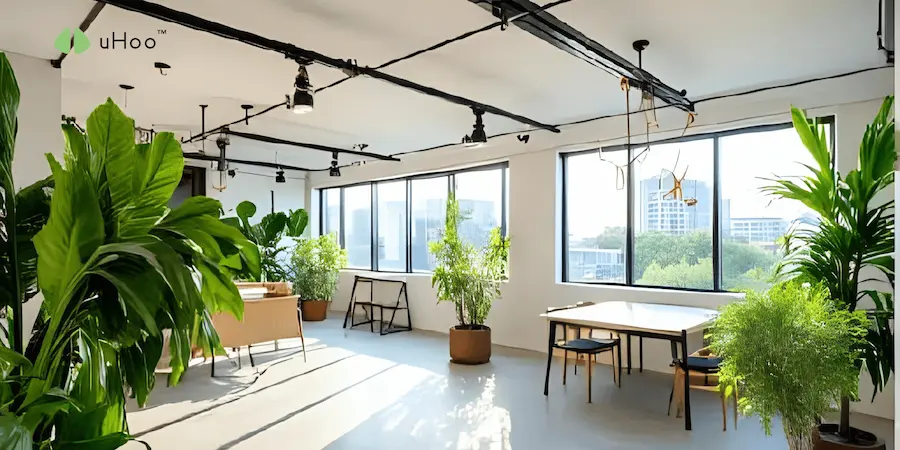The concept of a healthier building is rapidly moving from a niche trend to a standard expectation. With people spending over 90% of their time indoors, the quality of the indoor environment is a primary determinant of our well-being, productivity, and long-term health.
A truly sustainable building is not just one that is kind to the planet but one that actively promotes the health and comfort of its occupants. This guide outlines the essential steps to creating a truly healthier building from the inside out.
Step 1: Understand the Invisible Threats
Before you can improve your building, you must understand the enemies lurking in the air. The most common indoor pollutants include:
- Carbon Dioxide: A byproduct of human respiration that, at high concentrations, can impair cognitive function and lead to fatigue.
- Volatile Organic Compounds: Harmful gases off-gassed from common materials like paint, carpet, adhesives, and furniture.
- Particulate Matter: Microscopic particles from dust, smoke, cooking, and outdoor pollution that can penetrate deep into the lungs.
- Humidity: Levels that are too high can lead to mold and mildew growth, while levels that are too low can cause dry skin and respiratory irritation.
Step 2: Prioritize Material Selection
A fundamental part of creating a healthier building is to use materials that don’t add to the problem. When renovating or furnishing a space, always choose products labeled as low- or zero-VOC. Look for materials with certifications from trusted organizations like Greenguard or Cradle to Cradle. Opt for natural materials where possible, as they often have a lower chemical footprint.
Step 3: Optimize Ventilation and Filtration
Fresh air is a powerful solution. Ensure your building’s HVAC system is properly maintained and that fresh air is being circulated effectively. ASHRAE standards provide clear guidelines for fresh air exchange rates. Additionally, upgrade to high-efficiency HEPA or MERV filters to capture airborne particles and allergens that ventilation alone might miss.
Step 4: Implement Continuous Monitoring
Without data, you are working in the dark. The most impactful step you can take toward a healthier building is to implement a comprehensive indoor air quality monitoring system. A device like the uHoo air quality monitor provides a continuous, real-time snapshot of your building’s air, tracking nine key metrics including CO2, VOCs, temperature, and humidity.
This data is your roadmap, helping you identify problems, verify that your solutions are working, and make informed decisions about your building’s environment. For instance, you can use the data to adjust ventilation schedules to prevent CO2 spikes or to run dehumidifiers when humidity levels climb, preventing mold growth.
Step 5: Maintain and Adapt
A healthy building is not a one-time project; it is an ongoing process. Use the data from your air monitor to create a proactive maintenance schedule for your HVAC systems. Educate and engage occupants on how their actions—from running an exhaust fan to proper waste management—can contribute to a healthier environment for everyone. By following these steps and relying on continuous data, you can create a building that is truly sustainable from the inside out.



